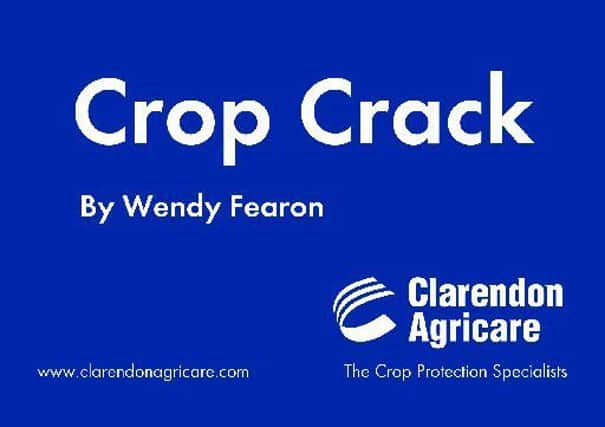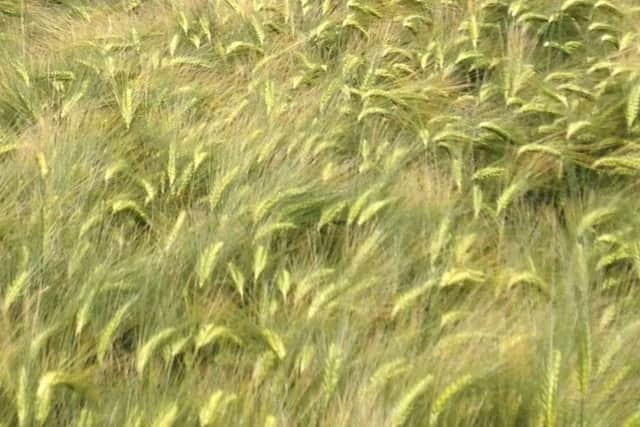Winter crops making progress


Many fields have reached flag leaf emerging, GS37 and beyond. With good growing conditions the awns may only be days away on more advanced crops. With the appearance of the awns, the window to apply a plant growth regulator (PGR) will soon close, as all treatments must be applied before the awns begin to emerge, GS50. With most crops typically only at 60% of their final height when the flag leaf is through, all crops need to be assessed for the need for PGR application during flag leaf emergence to ensure effective management of crop height and reduce the risk of lodging as it is still a long way to harvest.
Product choice depends on timing – if applied during early stem extension (2nd-3rd node, GS32-33) then SONIS (identical to MODDUS) is the most effective. If applied from the beginning of flag leaf emergence then CERONE is more effective. SELON should be added to either product - the mixture allows a lower rate of the SONIS/CERONE be used, is equally effective in terms of straw shortening, and considerably safer to the crop than applying a higher rate of the straight.
Spring Cereals


Advertisement
Hide AdAdvertisement
Hide AdIdeally spring barley should be drilled by mid-April. Increasing day length triggers the plant to utilise fewer days for producing tillers, leaf biomass and grain numbers than earlier drilled crops, racing instead through these early growth stages in an attempt to reach maturity and ripen more or less at the same time as the early drilled crop when the day length is shortening.
A four week delay to drilling will likely only delay harvest by at most a week or two, and the effect of shortening the growing season is to reduce yield potential. A carefully timed growth regulator application can reverse this effect by encouraging tiller numbers and tiller survival.
If Annual Meadow Grass (AMG) is an issue there are a number of residual herbicides that can be used in the spring with good AMG activity, but the main limitation of these is that they require soil moisture to be effective.
Pendimethalin (PDM) is very effective on AMG when applied pre-emergent of the weed. It is a soil acting herbicide with no contact activity, only controlling the weed when it is germinating and before emergence. It is also active on a wide range of BLW including all strains of chickweed and fumitory. STOMP AQUA is a capsule suspension (CS) that although still dependant on moisture, will work in drier conditions than the emulsifiable concentrate (EC) formulations. This makes it a more reliable option at this time of the year when the soil surface tends to dry out very quickly.


Advertisement
Hide AdAdvertisement
Hide AdSome post emerged herbicides also have activity on AMG; HUSSAR has been one of the main products used, but its window for effective control is very narrow - the AMG must all be emerged, but no larger than two-three leaf, ie before the beginning of tillering.
At this timing many of the BLWs are not usually through the ground and therefore application would often be delayed, to be used later then when all the BLW have emerged. However control of AMG falls off rapidly once this weed begins to tiller and historically at times the performance of HUSSAR on AMG activity has been variable. More recent experience has demonstrated consistently better control when used with the BIOPOWER adjuvant.